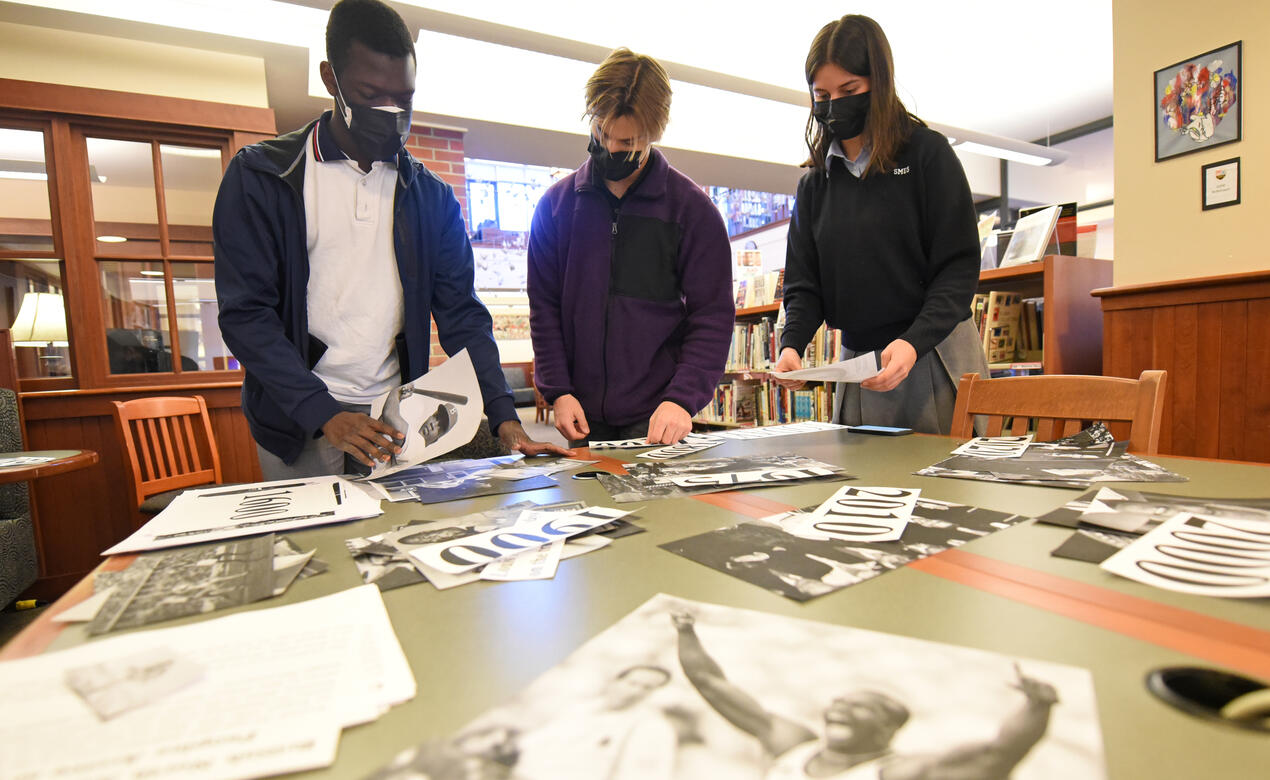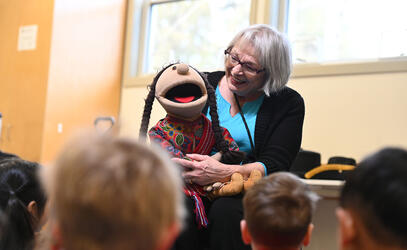
History, I often remind my students, is about what we do with the past in the present. It’s the stories we tell about ourselves and about how the present moment came to be.
Historical narratives, then, result from a series of judgments about what happened, why it happened, and why we should care. The plot, in turn, is shaped by our casting choices – the historical characters we deem important – significant – enough to identify, highlight and commemorate.
Or not.
Because, sometimes, important people – or important stories – get forgotten, ignored or even intentionally marginalized. Sometimes it happens by accident. But often not.
Typically, the prevailing values of the time have a profound influence on what we commemorate, how we remember the past, and whose stories get told. Or don’t.
For me, it was only in university, after taking my first course in critical Canadian historiography – studying the way we study the past – that I realized how little I knew about the true breadth of Canada’s history.
Perhaps that shouldn’t be surprising. After all, up to then, my history classes had largely been the story of famous folks accomplishing (in)famous deeds. Folks with names like Cartier, Wolfe, Macdonald or Mackenzie King. European names from a largely Eurocentric story. Seldom – if ever – did I get the chance to learn other stories. Non-European stories about, say, the challenges overcome by Chinese Canadians or the contributions made by Indigenous peoples.
And it was the same for Black experiences. I heard little, and remembered even less. Sometimes, I’d vaguely recall the classic Heritage Minute TV spot – the one about the Underground Railroad. Which mostly reminded me of African slavery in the United States – an unimaginably cruel system that had not existed in Canada… or at least I didn’t think so? It was a comforting thought. But also a hazy one. Because we had never taken the time to explore any further in school. Which was a choice made for me. And a choice that I now know enough to regret.
The reality, as I have since learned, is far more complicated – and less comforting. University classes in colonial history revealed that Black Canadians have been here since the very first days of colonization. Navigator and interpreter Mathieu Da Costa, for instance, is believed to have accompanied one of the first French explorations of Eastern Canada in the early 1600s. Fast forward a few years and you encounter the tragic story of Marie-Joseph Angélique, a young enslaved Black woman who was brought to Québec, and was executed after she allegedly set a fire that burnt down part of Montreal. Her story reminds us that our national relationship with slavery was not always that of the ‘promised land’ of ‘freedom’ sought by those escaping slavery in the years before the American Civil War. Indeed, slavery was legal in British colonies like Upper Canada (now Ontario) until at least the 1790s. And even those who arrived later often faced prejudice, discrimination and violence. Those are historical facts. But not ones that I learned about as a young person.
But clearly, the experiences and contributions of Black Canadians are woven throughout our post-contact history… but only if we take the time to properly and intentionally explore and commemorate them.
After all, Black history is Canadian history. And vice versa. But we have to recognize that.
It’s why I am so glad that Black History Month exists – and is being celebrated increasingly widely. It’s not a new idea; the first recorded commemoration was in 1926. But it took until 1995 to be officially recognized, for instance, by the Canadian Parliament… which was essentially too late for me when I was a SMUS student.
But we can do better today. We must. Our increasingly diverse society demands it. And it’s why I am so proud of the way our Grade 12 Equity, Diversity and Inclusion Prefects have chosen to mark this important event this year with a giant timeline in the Sun Centre. The timeline, which chronicles important historical milestones for Black Canadians, also features a selection of significant Black individuals from throughout our shared history.
If you have the chance – and I really hope that you do – you should drop by.
You’ll have the chance to learn about some incredible people from our past. People whose stories deserved to be told – because they are Canadian stories. Yes, some of these stories are sad – or even infuriating – but others are uplifting. And they are all worth learning about. Because they are our history, for better and worse.
There’s Chloe Cooley, a young enslaved woman whose violent, forcible, and very public removal across the border into the US in 1793 spurred such a public outcry that then-Governor John Graves Simcoe introduced legislation that would eventually outlaw slavery in Britain’s Canadian colonies.
There’s also Richard Pierpoint, a formerly enslaved man from West Africa who fought for the British during the American War of Independence, and then went on to form his own volunteer unit of Black Canadians soldiers who fought to defend Canada from American invasion during the War of 1812.
Closer to home, there’s Mifflin Wistar Gibbs, an enterprising businessman who immigrated with many other Black Americans to Victoria in 1858 at the encouragement of then-Governor James Douglas, who promised they would find a more welcoming home here (a promise that was not realized at the time). In spite of persistent racism, Gibbs rose to become the first Black person elected to public office in British Columbia. He also helped to shepherd our province into joining with Canada in 1871.
On the Prairies, Black American cowboy John Ware and his wife, Mildred Lewis, built a ranching empire at the dawn of the 20th century, while other Black Canadians found employment working as railway porters for the iconic Canadian Pacific Railway. One of these men, John Arthur Robinson, helped create the first union of Black porters to fight for better working conditions and equal pay, finding time along the way to support the significant Winnipeg General Strike in 1919. Another porter, based in Montréal, worked hard to save up enough to buy a piano for his musically-gifted son – Oscar Peterson – who would go on to become one of our greatest musicians.
And then there’s the story of Portia White, the daughter of Canada’s first Black commissioned officer, who had served in the No. 2 Construction Battalion in the First World War. Portia became a trailblazing, world famous opera star. Her sometimes hairstylist, entrepreneur Viola Desmond had a significant life of her own, challenging segregation in Nova Scotia almost a decade before American Rosa Parks refused, much more famously, to give up her seat on the bus.
And that’s before we even get to the post-war period, and the many significant Black lives that have shaped our more recent history.
I guess you’ll just have to drop by the Sun Centre to learn more about these people. I certainly hope you will!
Happy Black History Month!


